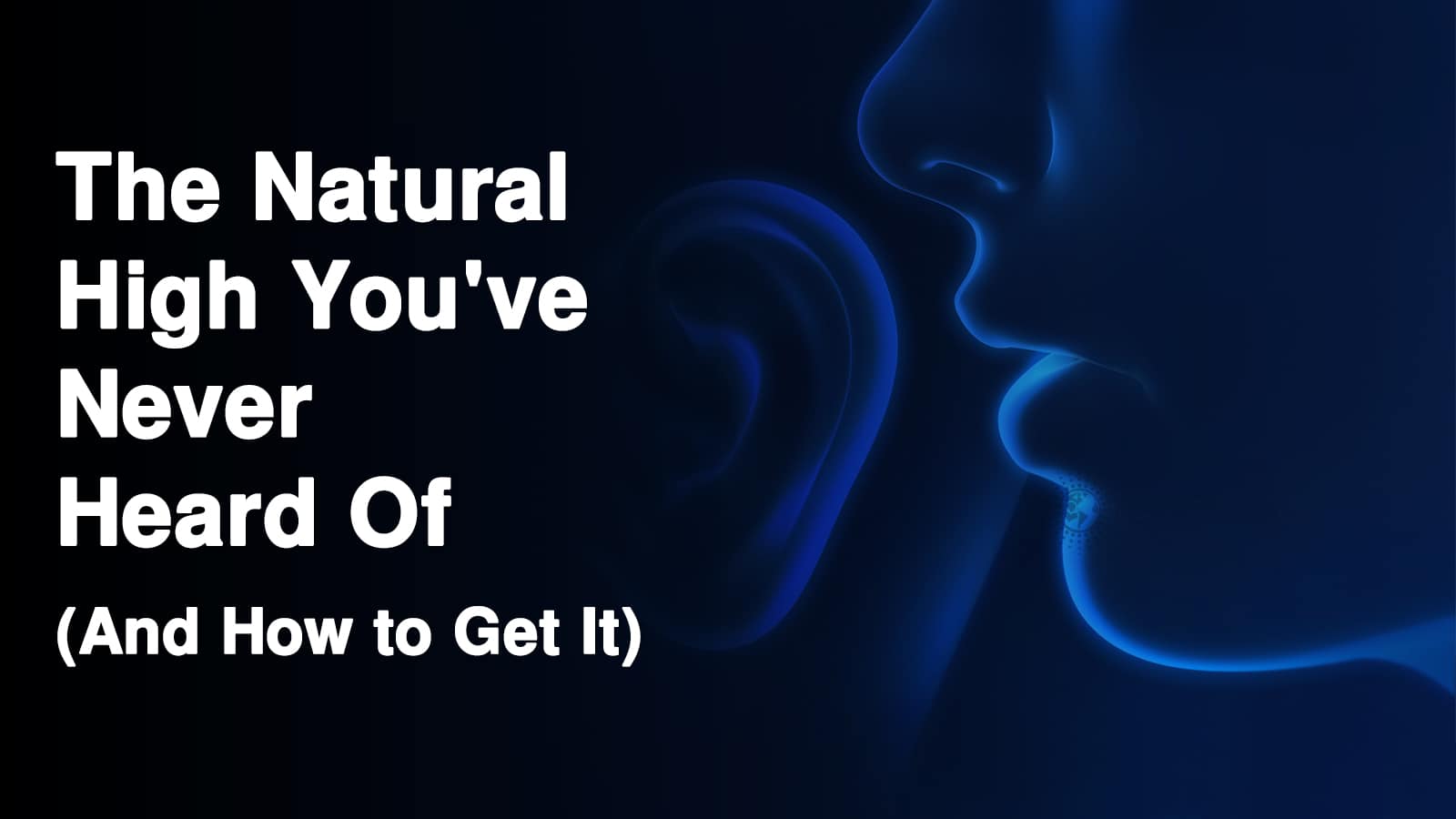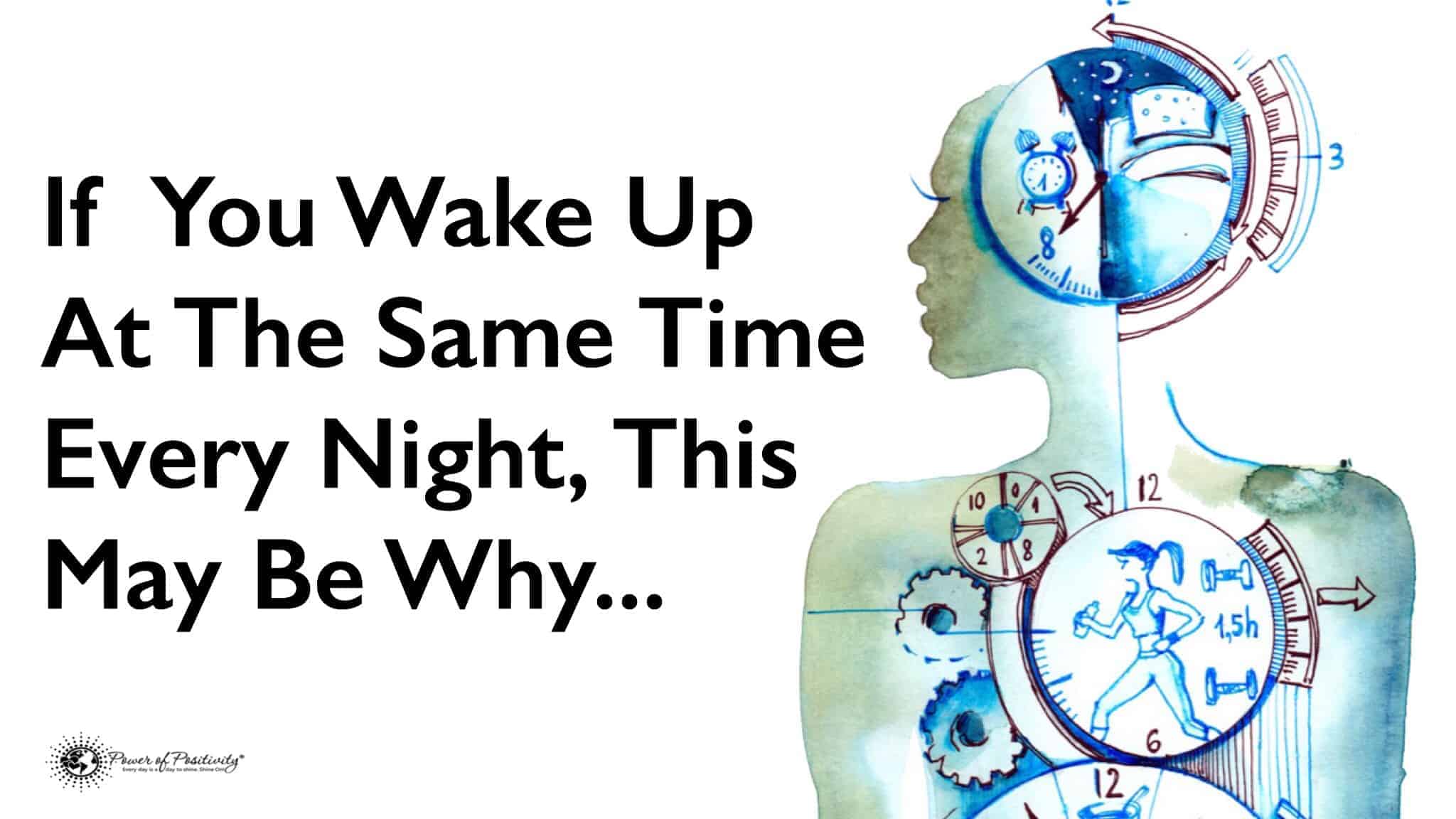There is a growing community of people obsessed with getting this feeling; if you enjoy this euphoric feeling, you might become one of them too. ASMR is something you may have never heard of before, but you have likely experienced the sensation in your body without being able to name or identify it.
ASMR: How To Get The Natural High You’ve Never Heard Of
The term ASMR describes a way to get a happy, tingly, and some say euphoric feeling without sex or drugs, and people are seeking more ways to get this feeling. There are discussion groups, YouTube video channels, and dedicated fans continuously seeking new ways to get this sensation.
Anything from a whispered voice to a crinkling piece of plastic can give you the feeling of ASMR. In this article, we will explore what ASMR is and how you can try to get the feeling for yourself too.
What ASMR Means
You may have never heard of ASMR because it is a fairly recent term that has been used to explain a feeling that has probably been around for as long as humans have been. Let’s look at what ASMR means and why you might want to try to get it.
ASMR stands for Autonomous Sensory Meridian Response, which is not very descriptive of the sensation that you feel when you get it. The easiest way to describe it is a meditative, pleasurable state that is calming but exciting at the same time. The excitement comes from the sensation that people describe as tingling, chills, or a pleasurable headache that spreads down your spine.
Here is the explanation of the reason for the long name:
- Autonomous – spontaneous, governing oneself, within or without control
- Sensory – about the senses or sensation
- Meridian – signifying a peak, climax, or point of highest development
- Response – referring to some experience triggered by something external or internal
Have you ever felt chills when someone moves their fingers lightly stroking down your spine? That is the ASMR feeling we are describing. The sensation might end in your neck or shoulders, but it can travel down to your arms and legs also.
This spine-tingling, scalp-tingling, goosebump-raising feeling is described as a gentle mind and body high without using drugs. ASMR is possibly related to the pleasure centers of the brain.
Ever get the ASMR feeling when listening to music? Researchers studying the ecstatic effect that some people get when listening to music found that people who were taking a medication that blocked the opiate receptors in the brain had reduced ability to experience extreme pleasure through music.
How to Get The ASMR Feeling
Triggers for ASMR vary from person to person, but there seems to be a group of external stimuli that are more likely to create the ASMR feeling.
Here are a few common ASMR triggers:
- Listen to a whispering video with headphones on
- Getting a haircut
- Crinkling plastic wrappers
- Watching Bob Ross
- The sound of folding paper
- A light scalp massage
- Light touch on your back, neck, or shoulders
Search for a few videos online, and you are likely to find several channels to help you try to experience this sensation. Here is a YouTube video of one whisperer who may help you feel what it is like.
Other things you can do to enhance your experience of ASMR:
- Practice mindfulness
- Meditate
- Keep the room temperature cool
- Avoid medications that reduce the effect of opiate receptors
How ASMR Affects Your Health
Researchers studying ASMR found that it helped relieve some of the symptoms of depression for people, although the effect was temporary. They also found that ASMR reduced symptoms of chronic pain.
They also found that many people who could trigger ASMR had synaesthesia. Synaesthesia is when one sensory pathway is stimulated (as in the sense of hearing) and triggers the sensation in another (as in the feeling of the skin being touched).
The same researchers who studied the effects of ASMR on depression and pain also say ‘Reports of ASMR experiences also appear to share some features with the state of ‘flow,’ which is the state of intense focus and diminished awareness of the passage of time that is often associated with optimal performance in several activities, including sport.’ Enhancing our performance is one great way to use the euphoric feeling that ASMR gives us.
It is possible that in the future, researchers will be able to reliably create an environment that will reliably trigger ASMR in people. That means it could help enhance people’s moods, reduce pain, and enhance concentration.



















